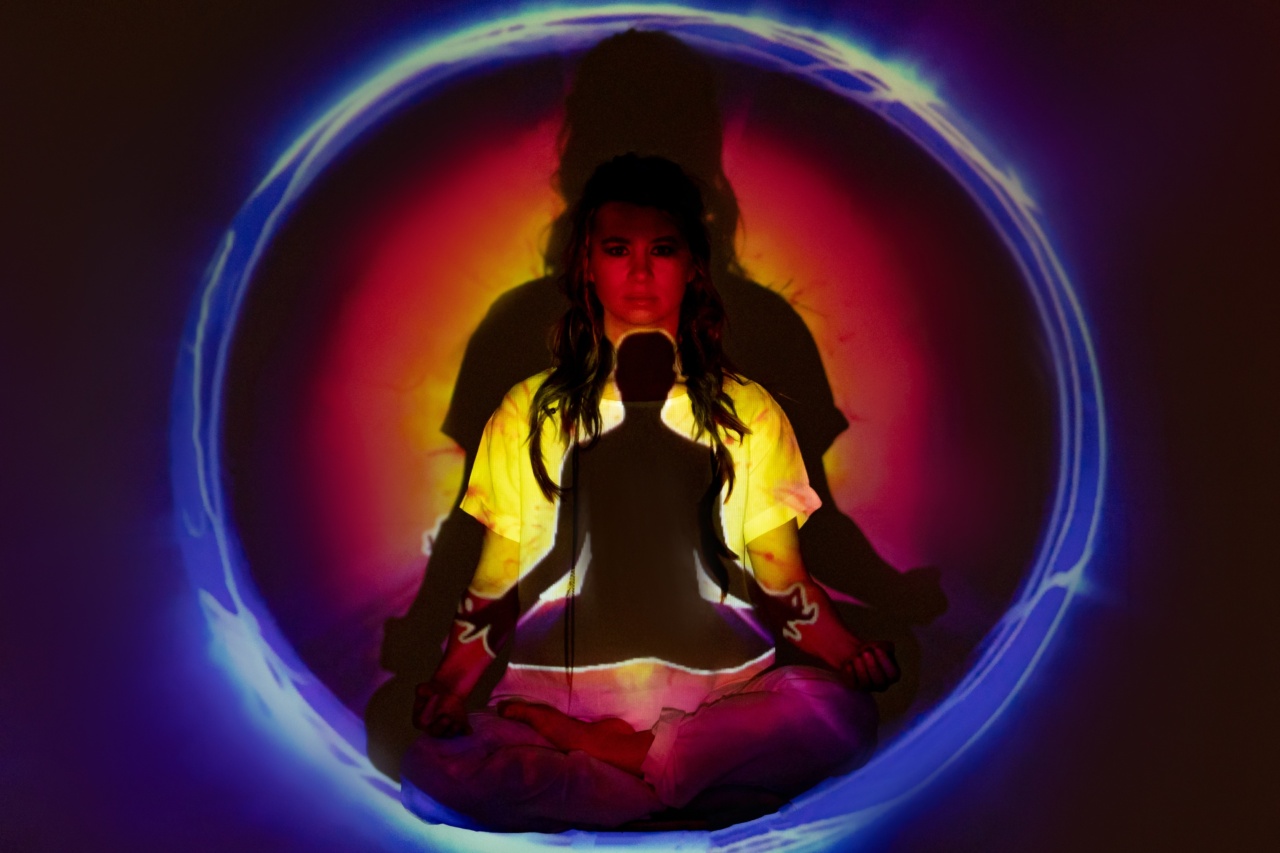Art has always been a medium of self-expression. It can take different forms such as painting, drawing, sculpture, writing, and even music.
Apart from just being aesthetically pleasing, art plays various roles within one’s life that can range from relaxation to bringing about a sense of purpose, and sometimes even healing.
How Art Can Help with Mental Health?
Many mental illnesses require therapies such as cognitive behavioral therapy or medication. However, art therapy is becoming a widely used approach to combat mental illnesses and aid the healing process.
The creative process of making art is known to result in relaxation, calmness, and reduced anxiety, which can make a huge difference in helping deal with mental health problems such as depression, anxiety, and post-traumatic stress disorder.
Creating Art Helps You Express Yourself Better
Art allows you to express yourself in a way that words sometimes can’t. When you’re dealing with intense emotions, it can be challenging to find the right words to express them.
Art provides a space for you to articulate how you feel visually, and in this expression, healing can happen. Creating art can also be cathartic and help you let go of pent-up feelings and emotions.
Art Therapy Is a Safe Space
Art therapy can be a safe space for individuals, where they can express themselves without fear of judgment. People feel more comfortable creating art than disclosing their innermost feelings and thoughts to a stranger.
Additionally, art has a unique way of engaging therapy participants, creating an environment for exploration and growth. The simple methods of art, such as drawing or painting, allow individuals to focus on the task at hand and their inner thoughts without distraction.
Art Increases Self-Awareness and Empowerment
Art therapy can help individuals gain an enhanced understanding of themselves and the world around them.
This practice offers a chance to explore one’s emotions, beliefs, and values in an unobtrusive way, making the process of self-discovery less daunting. Art therapy can also empower individuals by expanding their self-awareness, enhancing their creativity, and improving their problem-solving skills.
Art Can Offer an Outlet for Grief and Trauma
The process of creating art can help individuals cope with and process difficult emotions as a result of trauma and grief.
Trained art therapists provide tools such as symbols, metaphors, colors, and imagery that therapy participants can use to work through their emotions. Through art therapy, individuals can find ways to express their pain and promote healing without the need to rely on traditional talk therapies.
The Power of Color and Light
Colors can influence emotions, thoughts, and behaviors. Art therapy often harnesses this effect through the use of color. Color therapy supports emotional states such as calming colors of green and blue, which can soothe the nervous system.
In contrast, red, orange, and yellow can increase excitement and encourage confidence. Additionally, light therapy is another method used to improve mental health. Actions include exposure to natural light, light therapy boxes, and other forms of illumination.
Light therapy has been found to be especially beneficial in dealing with conditions such as depression, mood swings, and sleep disorders.
Conclusion
Art has the power to heal in ways that traditional forms of therapy cannot. Through art, individuals can process difficult emotions, gain self-awareness, boost their confidence, and find a sense of purpose.
Art therapy allows for self-expression in a safe and nurturing environment, which ultimately leads to life-changing answers. Whether through visual art, music, or writing, the potential benefits of creating daily cannot be overestimated.






























